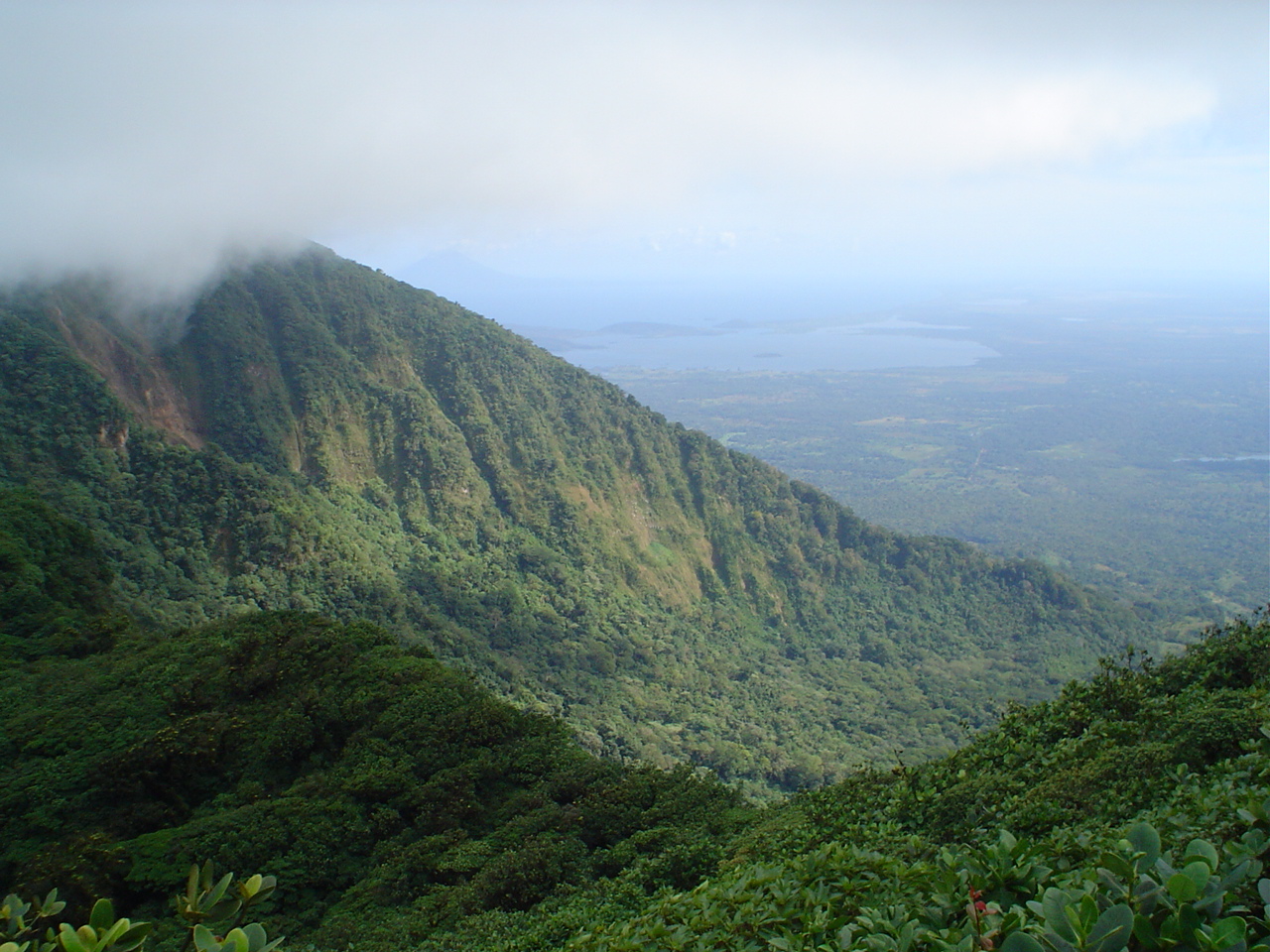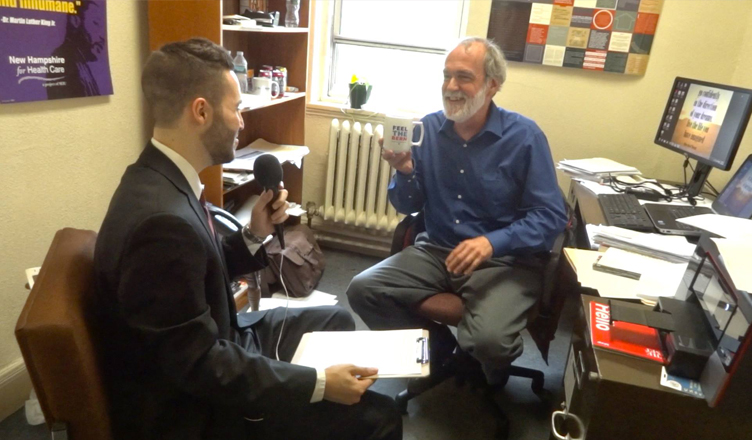Nica Paradise
It’s been two weeks now since I returned from my seventh trip to Nicaragua. I still somewhat miss the humbleness the country gave to me, despite the obvious problems like how it’s still ranked as the second poorest country in the Western Hemisphere and how the country can’t seem to escape economic hardship since July 19th, 1979.
You should never believe what the foreign magazines will tell you about this country; they’ll lie to you about what’s really going on in that country, just so the tourist sector makes a buck from you. They’ll tell you all of the wonderful hotels you can stay in with free Wi-Fi, air conditioning, nice beds etc. all of those necessities. They’ll also praise about the wildlife, the inactive volcanoes, colonial style towns that remain intact today and the ecology too. What they don’t mention though is the obvious poverty that goes around.
The country is extremely dilapidated right now. It’s like a weak stray dog who was once strong but now, it can’t help itself while it knows that government doesn’t care about him at all. Instead, he wants another individual to look after him instead, out of love. I can’t stress this enough. Even in the cities were it seems to be safe.
I stayed in Granada, Nicaragua for two weeks: from May 22 to June 6th. Those two weeks felt like daily life to me. It felt like jumping from affluence to decadence.
The City of Granada, Nicaragua is the first permanent European settlement on the American continent, which was established in 1524 by Spanish conquistador Francisco Hernandez de Cordoba–his last name is where the name of the Nicaraguan currency comes from and right now, 1 US Dollar is equal to about 27 Cordobas. You do the math if you ever think about living there, for colonial houses are sold cheaply.
Historically, the city still remains in somewhat pristine condition, even though the Sandinista government added some unnecessary additions to the city, such as guard rails implemented on the roads of La Calzada–it’s a local hangout spot in Granada that used to be a residential area during the 20th century until recently, foreigners from all over the world make a profit from the place and today, it’s an entertaining place if you want to imbibe and sexually get with young prostitutes–and guard rails on a few water fountains.
Like the federal government, the local government spends taxpayer money that appears like it goes into projects–which are rarely done but honestly, I doubt that they’ll ever get completed–that does benefit the Nicaraguan people but in the end, it doesn’t benefit the Nicaraguan people at all.
While the government continues to siphon money from Nicaraguans from time to time, in the Sandinista tradition of Democratic, “Christian” Socialism–as inspired by Latino Marxists like Carlos Fonseca, Fidel Castro, and Che Guevara–they continue to deliberately dismantle the country into ruin by ignoring obvious problems, such as the nonstop pollution of Lake Nicaragua.
Lake Granada is one of the few sweetwater lakes in the world, with sharks. It was once a spot for families to swim and enjoy themselves without a care in the world but if you go there right now, it’s just like the rest of the country: it’s trashed. Pollution is rampant while signs of a new “recreational area” installed by the local government are up but, it seems that nothing ever gets completed, all while foreigners sit in La Calzada, looking for a profit every drunken night in a stench of human piss while overlooking the once great Lake Nicaragua, which is soon to be forgotten.
Freedom, free markets, individualism: those are the things Nicaragua needs. Someday, I hope there are good people out there who do notice the terrible condition of Lake Nicaragua and who are willing to fix the lake without government intervention, for that government will always ignore the lake in exchange for power, just like how they ignore their own people until every six years during elections. After the sixth annual elections, poverty remains ad infinitum every dry and wet season, with power and water shut off occasionally for various reasons while the Nicaraguan government still live like it’s a Spanish Monarchy again.
During my trip, I went to Costa Rica for two days during my first week in Central America. I was shell-shocked by looks of that country. It was like the USA, but more warm and they spoke Spanish that sounds like an invitation to stay in someone’s house and hang out with their family for the rest of the night.
Costa Rica is nothing like Nicaragua. I was staying in a suburb outside of the capital, which is San Jose. As I drove through the streets of San Jose at night, it reminded me of the old pictures I’ve seen of the capital city of Nicaragua: Managua. If it weren’t for the catastrophic earthquake of December 1972 and the abusive dictatoral Somoza dynasty, Managua would have looked like San Jose but better; San Jose had some poor areas here and after but it wasn’t rampant like the rest of that country, with the exception of the Nicaraguan-Costa Rican border up in the northern part of the country.
The remains of the 1979 Sandinista Revolution, the 40 year old Somoza Dynasty–which was supported by the United States, especially by FDR; FDR even remarked that “he may be a son of a bitch but he’s our son of a bitch”–and the past political trifes between liberals and conservatives still leave a legacy behind in Nicaragua. It’s ample proof that government is actually the enemy of the individual, no matter which party is in power, how “cool” the President is, which political party persuades well etc. it’s always the enemy of the individual.
Until then, I’d like to see more local shops in Granada grow and expand and sell more goods to everybody and open and close at whatever times they want, not just get stuck in their houses selling small snacks and sodas in glass bottles and a few medicines–just to name a few.
I’d also like to see more private cab drivers refrain from hustling American-looking people while they drive around in poor areas all over the country. I don’t blame them; that’s what government does. If more economic freedom existed, those cab drivers would still have the choice to hustle to their customers but it would be seldom used because they’re aware that as a result of the economy, they’re able to live off of what they make daily.
By reading the entire history of Nicaragua, it made me sympathetic to the ideals of libertarianism even more; it’s a country dying for economic and personal freedom.



